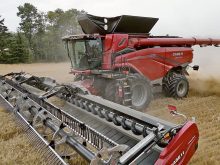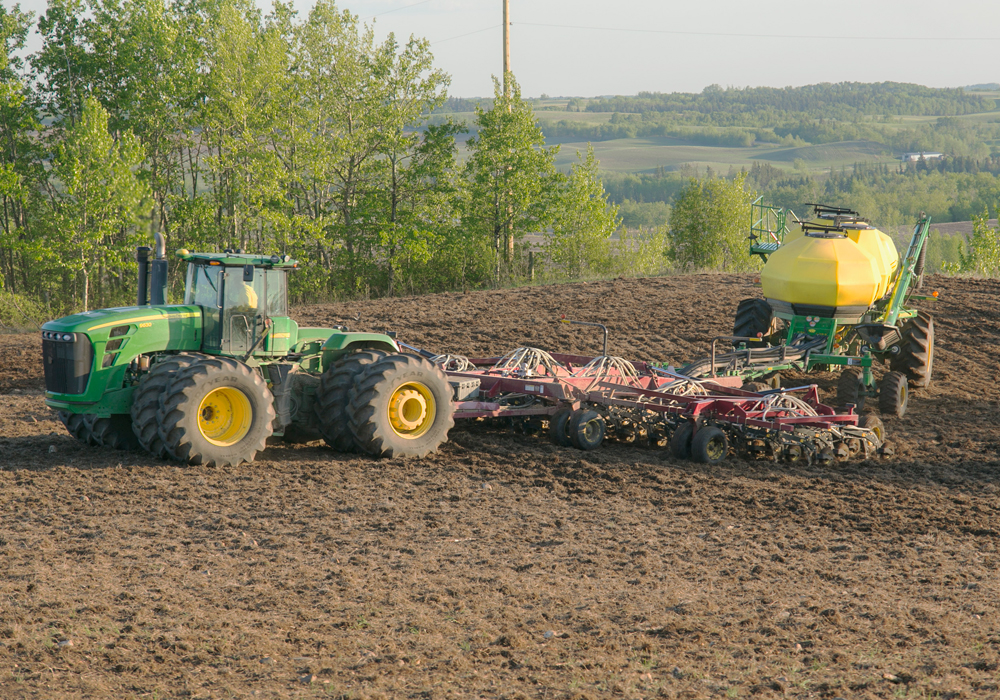If the duration of a government program is an indication of its worth, then the Prairie Shelterbelt Program is arguably one of the most worthwhile agricultural programs ever introduced in Canada.
The program, now in its 108th year, offers trees and shrubs free to farmers and rural landowners in Manitoba, Saskatchewan, Alberta and parts of British Columbia.
The goals of the program are simple: encourage tree planting and promote management practices that benefit the environment and support sustainable agricultural production.
In the early 20th century, when the program was operated by the forestry branch of the Dominion Department of the Interior, rural settlers who homesteaded on the Prairies were quick to recognize the benefits of the shelterbelt program.
Read Also

Huge Black Sea flax crop to provide stiff competition
Russia and Kazakhstan harvested huge flax crops and will be providing stiff competition in China and the EU.
Trees provided shelter and fuel. They also improved sustainable food production by reducing the risk of wind erosion on soils that were being broken and tilled for the first time.
Henry de Gooijer, agroforestry development manager with the shelterbelt program, says demand for trees usually rises in years that follow a significant drought.
In the early 1930s, for example, annual distributions surpassed eight million trees a year.
Numbers also spiked in the early 1960s and again in the late 1980s when concerns over wind erosion and the health of Western Canada’s agricultural soils became more pronounced.
In 2008, the program celebrated a significant milestone, distributing its 600 millionth seedling.
To recognize the event, a ceremonial tree was planted at Agriculture Canada’s Prairie Shelterbelt Centre near Indian Head, Sask., which has served as the program’s headquarters since 1901.
Today, if all the trees distributed through the centre were planted at a spacing of 1.8 metres, they would form a windbreak that encircles the planet 27 times.
If that seems like a pie-in-the sky statistic, here are more facts that might hit closer to home.
According to the shelterbelt centre, a properly designed, five-row farmyard shelterbelt can reduce the amount of energy needed for home heating by roughly 25 percent.
In fact, if the tallest trees in a shelterbelt are 20 metres high, that shelterbelt will provide ground-level wind protection for 400 metres, or 20 times the height of the shelterbelt.
According to deGooijer, 29 species of trees and shrubs are available through the program.
Eligible landowners must complete an application form, along with a diagram of their proposed plantation.
Applications are accepted from June 1 to March 15 for delivery in mid- to late-April.
Trees can be picked up at delivery points in nearly 150 communities across Western Canada. In some areas, delivery charges may apply.
To qualify, rural landowners must own at least five acres.
Eligible land must be zoned agricultural or must be taxed by a rural municipality.
For more information on the program or for help planning a shelterbelt, call the Agriculture Canada Shelterbelt Centre at 866-766-2284 or visit their website, here.

















